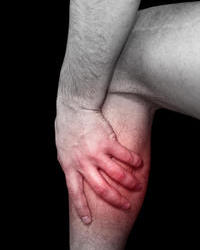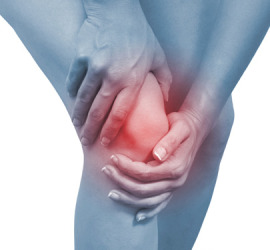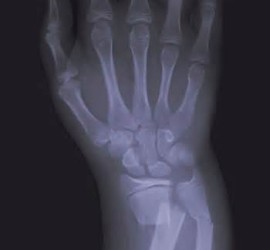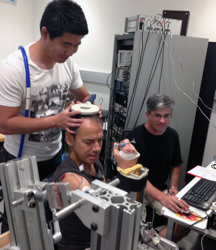Exercise reduces pain through a peripheral mechanism in healthy adults 1
In healthy adults, it is well demonstrated that a single bout of exercise can acutely reduce pain (Naugle et al., 2012), a phenomenon known as exercise-induced hypoalgesia. However, the mechanisms of pain reduction after exercise are not clear. The methods commonly used to study pain responses after exercise in humans […]






